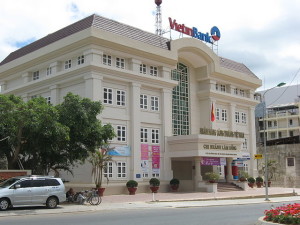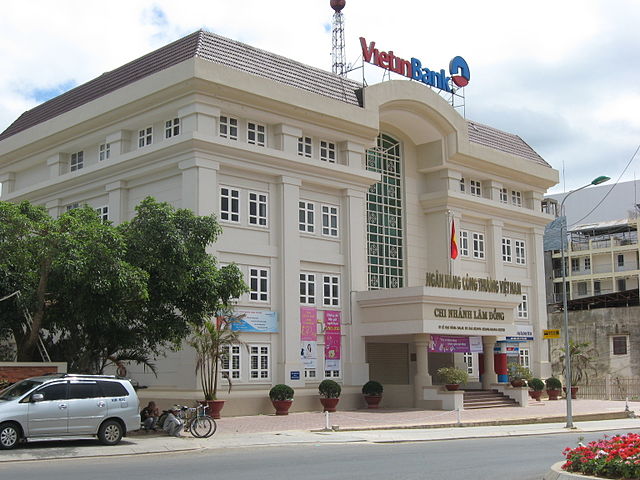 Of the 12 countries that are party to the Trans-Pacific Partnership (TPP) agreement, Vietnam stands to see the biggest benefits to its economy, according to one of the world’s top rating agencies.
Of the 12 countries that are party to the Trans-Pacific Partnership (TPP) agreement, Vietnam stands to see the biggest benefits to its economy, according to one of the world’s top rating agencies.
Fitch Ratings in a new report said the Southeast Asian country could see a significant boost to its long-term economic growth, investment, and exports should the TPP agreement drafted on October 5 be ratified.
Vietnam could see a positive effect of more than 10% on its economic growth over the 10 years to 2025 under the TPP agreement, said the report. The agreement would have significant impact on two key areas in Vietnam—trade and domestic economic policy—said the report.
In terms of trade, with the TPP expected to lower tariff barriers, Vietnam would be afforded greater access to large consumer markets in the U.S., Japan, Canada, and Australia.
TPP signatories accounted for 39% of Vietnam’s total exports and 23% of imports in 2014. The TPP is expected to boost Vietnam’s exports by over 37% over 10 years.
Notably, Vietnam in August also concluded a free trade deal with the European Union, putting it on course to complete free trade agreements with three of its four largest export destinations—the EU, Japan, and the U.S.
As for Vietnam’s domestic economic policy, the TPP is expected to influence policy reforms as it would also cover the setting of rules for future economic integration. The deal would be addressing wide-ranging barriers to trade by setting rules governing intellectual property rights, business competition policies including those related to state-owned enterprises, public procurement policies, supra-national dispute resolution, and labor standards.
“As such, the TPP has the potential to act as a key policy anchor for structural reforms and economic liberalization that could bolster productivity and foreign investment for Vietnam,” said Fitch.
Vietnam already benefits from high gross domestic product (GDP) growth and stable foreign direct investment inflows. GDP growth accelerated to 6.5% over the first three quarters of 2015, implying a third quarter growth rate of 6.9% year-on-year versus 6.5% in the second quarter. Strong and improving macroeconomic stability was a key driver of Vietnam’s upgrade to ‘BB-‘ in November 2014.
A peer of Vietnam in the Southeast Asian region has also foreseen the traction to be acquired by Vietnam with its participation in the TPP. Indonesia’s Trade Minister Thomas Lembong acknowledged that Vietnam would become the country’s “biggest threat and competitor” in the textile and shoe industry.
“Indeed, Vietnam, Singapore and Malaysia have joined the TPP but the biggest threat for us would be Vietnam. We could say that Vietnam will be our direct competitor,” Thomas said.
Meanwhile, Moody’s in a separate report also forecasts Vietnam’s growing strength particularly in the apparel and shoe sector following the positive conclusion of the TPP negotiations.
But Vietnam’s economic expansion isn’t without risks and challenges, which include wide fiscal deficits and high public debt, said Fitch.
Moreover, the TPP agreement is still headed for review and ratification by national legislative bodies.
“Opposition in the US from Congress and leading presidential candidates in the lead up to the 2016 elections there could yet scupper or delay the TPP. Within Vietnam, while ratification is more likely, there could be difficulties in implementing some areas of structural reform,” said the report.
Participating countries to the pact are Australia, Brunei, Canada, Chile, Japan, Malaysia, Mexico, New Zealand, Peru, Singapore, the U.S., and Vietnam.
Photo: Diane Selwyn





